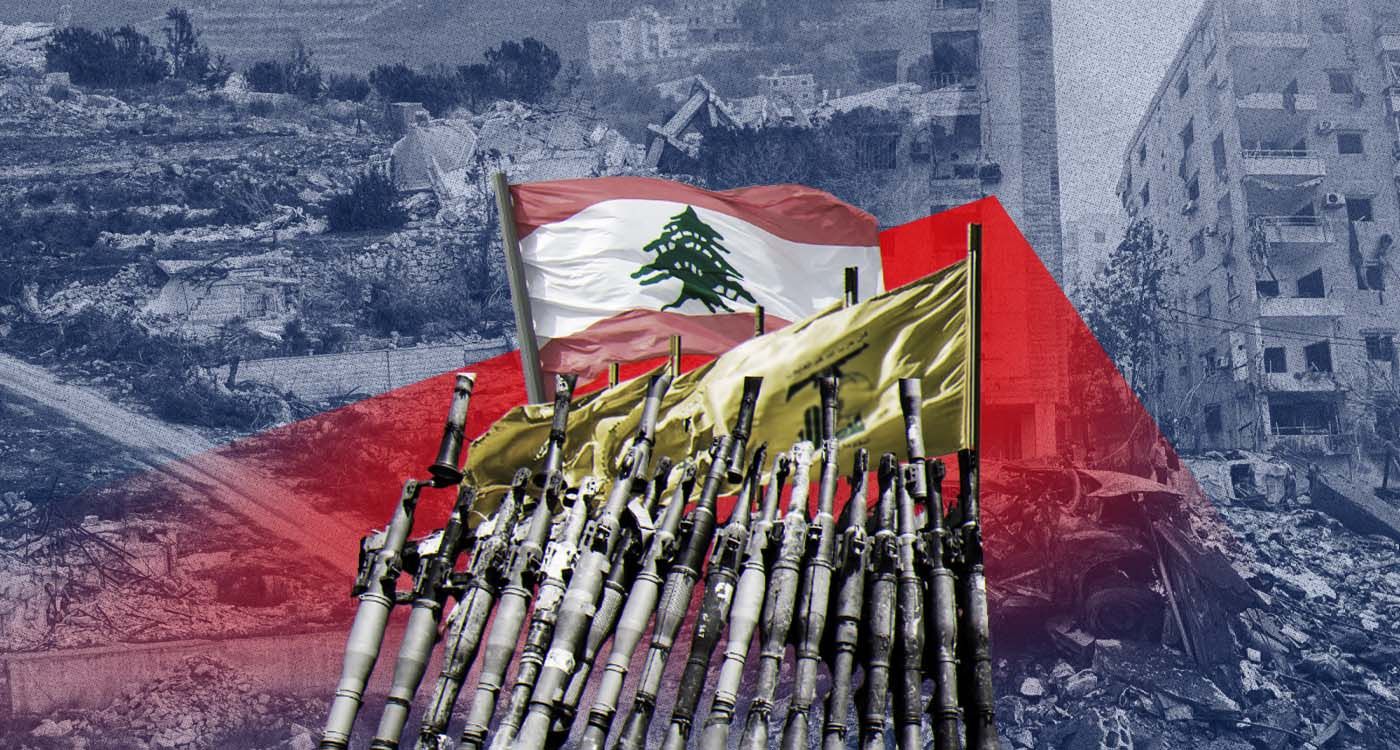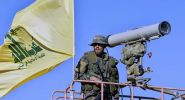
Hezbollah’s secretary-general, Naim Qassem, warned on July 30 that any withdrawal of the group’s forces from south of the Litani River would be “a gain for Israel,” insisting that the party’s weapons remained “a domestic Lebanese matter.”
Speaking at a memorial ceremony marking the first anniversary of the death of senior Hezbollah commander Fouad Chokr, Qassem reaffirmed the group’s commitment to the “resistance.”
This raises a key question: with what weapons? As the issue of placing all arms under the authority of the Lebanese state is set to be discussed at the Cabinet meeting on Tuesday at the Baabda Presidential Palace, one might wonder what remains of Hezbollah’s arsenal today.
A Depleted Arsenal
The Israeli research center Alma, which monitors security threats along Israel’s northern front, estimates that prior to September 2024, the pro-Iranian group held an arsenal of more than 225,000 explosive projectiles – ranging from short- to long-range rockets.
According to Alma, this stockpile included some 65,000 rockets with a range of up to 80 kilometers, around 5,000 medium-range missiles, a similar number of long-range ones, and approximately 2,500 armed drones.
Since then, Hezbollah’s arsenal has been severely depleted under the weight of sustained Israeli strikes. Tens of thousands of projectiles and weapons caches have been destroyed in air raids. Following the November 27, 2024 ceasefire agreement, several stockpiles were also seized in civilian and wooded areas – including mobile launchers positioned to fire into northern Israel.
According to Alma, the number of short-range rockets has dropped below 10,000, while medium-range missiles are now estimated at fewer than 1,000. As for precision missiles – once seen as Hezbollah’s trump card – only a few dozen reportedly remain.
Severed Supply Lines
But beyond the arsenal itself, the group’s entire logistical infrastructure has collapsed. As Middle East security and defense analyst Riad Kahwaji explains, “Transport and supply lines with Iran were severed following the collapse of the Syrian regime.”
Cut off from its strategic corridor to Tehran – running between Damascus and Beirut – Hezbollah is now unable to replenish its stockpiles or maintain a steady flow of military supplies.
So how do we make sense of Hezbollah’s aggressive rhetoric, given the severe decline in its capabilities?
According to Kahwaji, this show of strength doesn’t match the reality on the ground: “Hezbollah is still trying to save face by talking about capabilities and readiness for war, but all signs point the other way,” he says.
He emphasizes that neither the organization nor its war-weary base is currently prepared for a new conflict with Israel.
According to Kahwaji, Hezbollah is focused on maintaining its position as the dominant political force. With legislative elections scheduled for May 2026 less than a year away, the pro-Iranian group needs to keep projecting the image of a “resistance” movement capable of defending Lebanon. A slogan it repeats tirelessly, even though recent fighting has exposed the gap between rhetoric and reality. For Hezbollah, losing military credibility could quickly translate into a loss of political influence.
That’s why, the analyst says, the aggressive rhetoric is primarily aimed at keeping morale high among its supporters and preserving its symbolic standing with the Shia electorate.
Disarmament Means Giving Up Its Core Identity
Along the same lines, disarmament remains a red line for Hezbollah. Giving up its weapons would, according to Kahwaji, mean an irreversible loss of identity. “Without its arms, Hezbollah would no longer be seen as a resistance movement but simply as another political party.”
That’s why, despite external pressure from Washington and Tel Aviv, as well as internal calls for disarmament, the pro-Iranian group categorically rejects any surrender of its arsenal.
Yet on the ground, the reality is unyielding. Israel continues daily strikes on Hezbollah’s infrastructure, eliminating one or two fighters or commanders almost every day.
According to Kahwaji, these targeted attacks are part of a steady attrition strategy – one Hezbollah carefully avoids to reciprocate. This tactical silence stands as the clearest sign of its weakening.
A High-Stakes Gamble on the Future
Unable to launch counterattacks, Hezbollah is buying time. It is counting on regional instability – especially in Syria – to create chaos that would allow it to reopen supply routes and rebuild its arsenal.
But this gamble is growing more unrealistic by the day. As Kahwaji notes, the new Syrian regime is consolidating its grip on power, with no sign of an imminent collapse.
For now, Hezbollah holds only a limited capacity: a handful of drones, light weapons and anti-tank missiles. This is sufficient for occasional strikes and, above all, political maneuvering, but it does not allow for opening a new front against Israel. Nor would it dare take such a risk today, knowing it could face complete annihilation.
More than ever, the gap between rhetoric and reality is widening, fueling growing doubts over Hezbollah’s ability to reclaim its former strength.




Comments